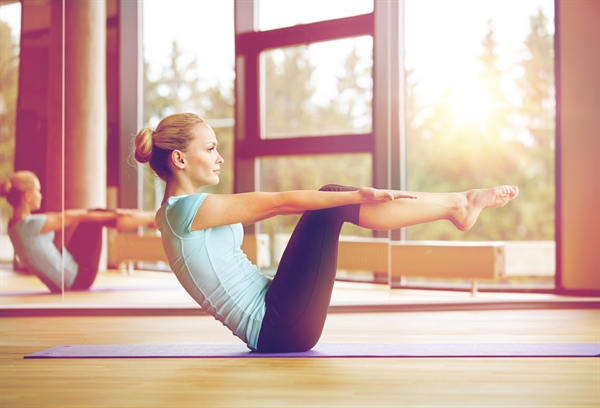But what will you do for yourself?
Sacrifice, determination and dedication are commendable. But they’ll only take you so far. To be a truly effective nurse, you must be willing to care for yourself, too. That means making time for important things like good nutrition, plenty of restorative sleep, work/life balance, mental health breaks—and adequate exercise.
‘But I’m already tired,’ you say, ‘from working on my feet for eight to twelve hours at a time’. Fair enough. But did you know that studies have shown regular exercise actually reduces fatigue, rather than contributing to it, as you might expect? And speaking of mental health breaks, did you know that engaging in vigorous exercise is linked to lower rates of depression and other mood disorders? It’s true.
Embrace What Moves You
Rather than looking at exercise as another duty, think of it as a reward. Find something you enjoy doing and throw yourself into it. If it happens to be a form of exercise that you can “lose yourself” in, such as running, swimming, dancing, or biking, so much the better. The more you enjoy a given activity, the more likely you are to stick with it.Exercise confers multiple health benefits. To the extent that it gets you outdoors, it may help shore up your mood, strengthen your immune system, and lower your stress hormone (cortisol) levels. Of course, exercise helps build muscle, and strengthens the cardiovascular system, while improving stamina.
And then there’s the issue of fitness for the demands of your job. Nurses are at risk for workplace injuries, especially back injuries. Nurses are often called upon to move or manipulate patients who may be considerably heavier than the nurse doing the moving. In these instances, proper techniques, tools, assistance from others, and careful body mechanics should be used to help prevent undue back strain.
Strong abdominal muscles are another hedge against these sorts of injuries. Female nurses may want to focus on upper body strength when engaging in resistance training. As a working nurse, you should make it your goal to exercise regularly for any number of reasons. For instance: exercise boosts immunity, builds endurance and strength, helps prevent workplace injuries, improves mood and mental stamina, and reduces stress. Finally, it helps you look and feel good.
Being sedentary is now viewed as the “new smoking”. That’s because sitting for prolonged stretches is linked to increased risks of heart disease and disability. Conversely, regular exercise is associated with all sorts of favorable outcomes.
Useful Exercises for Nurses:
Meditation/Yoga

If you don’t have time for a full yoga class or routine, consider learning to do one or two of the following. These can be performed even when time and space are limited.
Plank

This pose is supremely simple, although far harder to execute for very long than it might seem. Lie face-down on the floor, legs stretched out behind you, arms palm-down on the floor at your chest. With toes curled under to touch the floor, push up from the toes and hands and maintain a rigid, plank-like pose above the floor for as long as you can hold it. Attempt to hold for 30 seconds or more. Breathe deeply, regularly, and slowly. Then release. This simple exercise builds crucial core muscles, which will help stabilize your back when manipulating patients. Few strengthening exercises you can do will accomplish more to stabilize your core. Repeat and hold for longer periods whenever you have the time or inclination.
Sun salutations

This classic yoga pose combination moves seamlessly among various basic poses. It can be repeated as many times as you like. Start by standing and lifting your arms into the air and then folding forward at the waist to touch the floor. Then, walk your arms out to plank (see above). Extend your toes backward. Let your body sink to the floor. Use the arms to raise your upper body to the ceiling, as your feet remain pressed into the floor. This is called upward-facing dog. Come back up to plank and go into downward-facing dog by lifting your buttocks towards the ceiling. Next, walk your feet to meet the hands, slowly roll your spine back up until you reach standing. Do this sequence three times while breathing in and out slowly.

